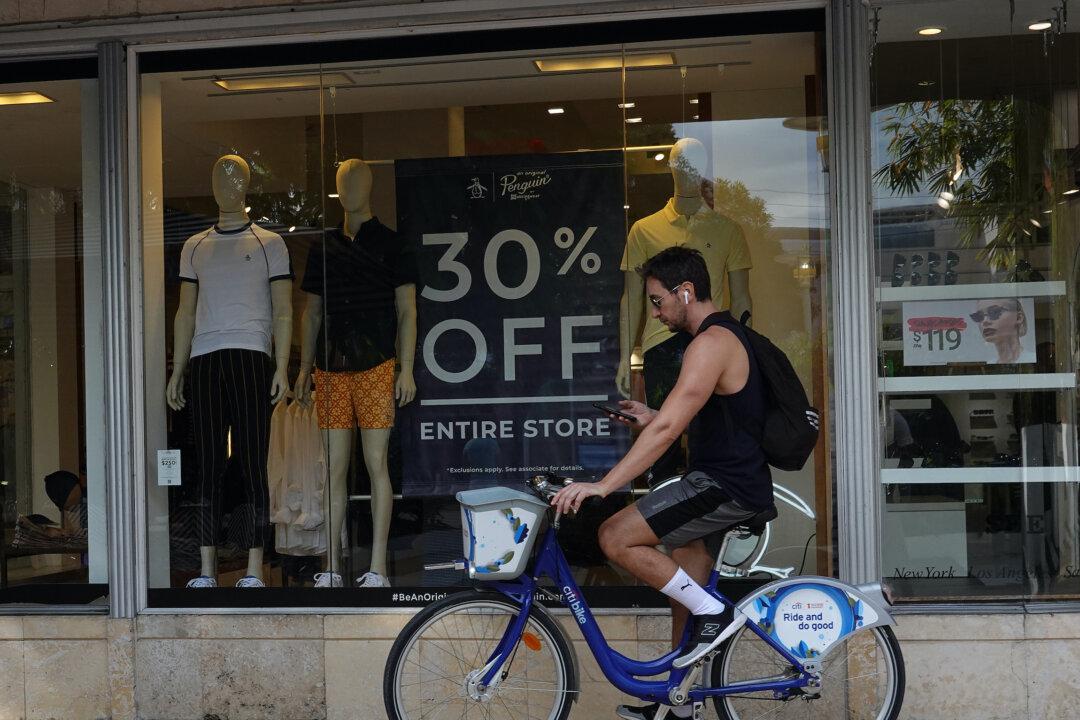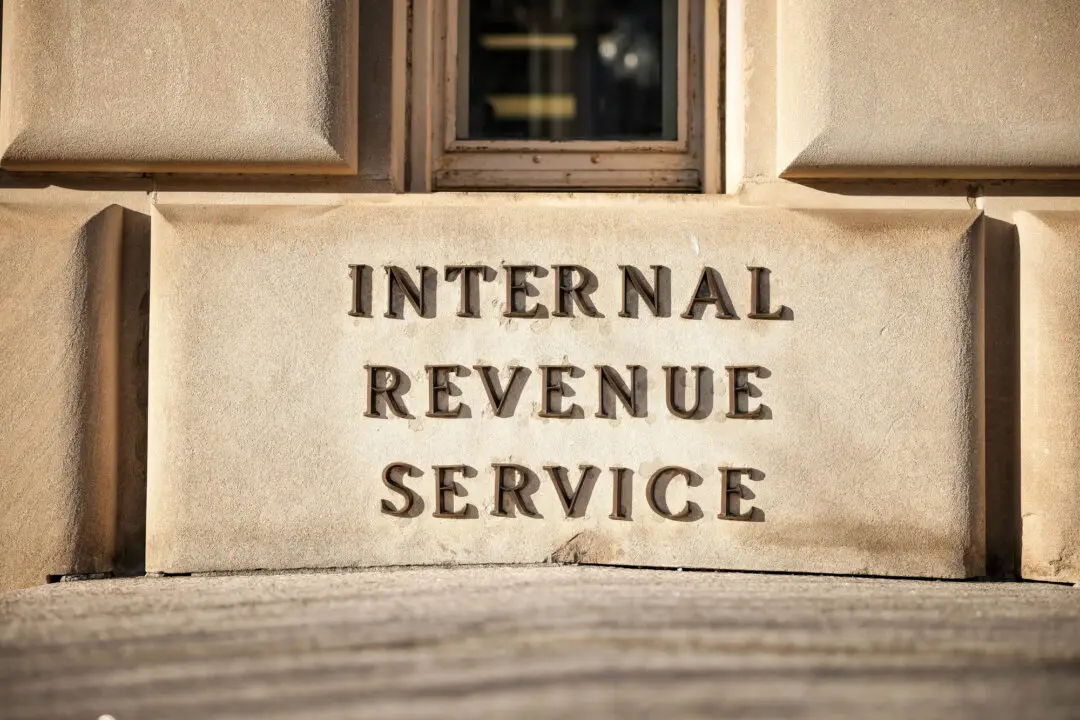U.S. retail sales saw a strong, forecast-beating rebound in January after a sharp pullback in the prior month, although experts cautioned to not read too much into the numbers, as seasonal adjustments to the data played an outsized role.
U.S. shoppers appeared to hit the stores in droves in January, with a Feb. 16 Commerce Department report (pdf) stating that retail sales surged by 3.8 percent. At the same time, the December 2021 retail sales figures were revised down to show sales falling by 2.5 percent rather than the 1.9 percent drop the agency reported in its prior release.





